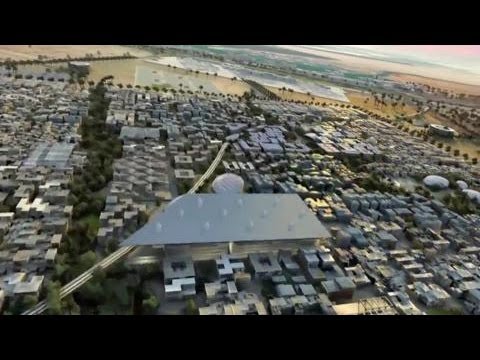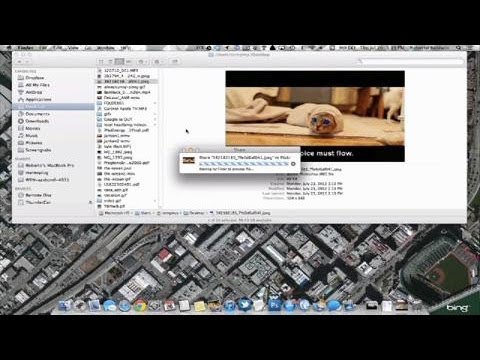Google Street View: A Virtual Tour of the World
Summary
Google Street View has evolved over the past 15 years, covering more than 102 countries, 10 million miles of road, and circling the planet 400 times. Street View allows users to explore remote locations as if they were there through high-resolution photos and maps. It all started with a prototype camera system that weighed 500 pounds with multiple cameras and laser scanners, but now, the lightweight seven-lens camera system can be mounted on top of any vehicle with a roof rack. Google has incorporated all the processing power required to collect street view imagery into a single camera unit, allowing for greater efficiency. With the recent launch of Immersive View, billions of street view and aerial photos are integrated to help users explore different locations, providing a unique 3D, interactive experience.
Table of Contents
- What is Google Street View?
- How does Google Street View work?
- What is Immersive View?
- What technology is behind Street View?
- How does Google ensure privacy and security?
- How has Street View evolved over the years?
- What are some benefits of using Street View?
Introduction
Google is known for providing a wealth of information, and Street View is one of the most exciting technologies they have developed. It is amazing that we can explore distant and fascinating places worldwide, even if we can’t physically be there. In this Q&A article, we will explore the technology behind Street View, how it works, its evolution, and benefits for users.
Q&A
What is Google Street View?
Google Street View is a technology that provides a virtual tour of the world’s streets, and it has grown since its launch in 2007. Google records streets, sidewalks, and building exteriors in high-definition, 360-degree panoramic photographs that can be accessed through the company’s maps or specialty software. Users can explore different locations worldwide as if they were physically there, providing a highly immersive experience. Street View is available in over 102 countries, and users can view streets, landmarks, tourist attractions, universities, and other locations.
How does Google Street View work?
Google Street View has come a long way since it was first introduced, and the underlying technology is highly sophisticated. The camera is mounted on top of a vehicle, a backpack, or a trolley, taking photos of the surrounding area every few seconds. Photos are stitched together with image processing software, creating a 360-degree view that the user can explore. Additionally, Google employs LiDAR (light detection and ranging) scanners to capture 3D images, providing more detailed and accurate images of the streets.
What is Immersive View?
Immersive View, Google’s latest extension of Street View, allows users to integrate street view and aerial photos to create a richer and more interactive 3D model. This new technology enables users to overlay additional information onto the 3D model of the world, change the direction of the sun to get different lighting effects, and see real-time street-level activity. Users can explore popular tourist destinations, world heritage sites, and even remote places that are harder to access physically.
What technology is behind Street View?
The hardware and software behind Google Street View are highly sophisticated. The cameras used in the latest systems can take photos with higher resolution up to 140 megapixels, and they use LiDAR scanners that map the world in 3D. The post-production process includes stitching together the panoramic photos, adjusting the color tones, and eliminating any artifacts or artifacts in the images. Google has incorporated all the processing power required to collect street view imagery into a single camera unit, allowing for greater efficiency.
How does Google ensure privacy and security?
Google has faced privacy concerns related to collecting street view imagery, and the company has implemented privacy and blurring protection to safeguard citizens’ rights in different countries. Before images are posted online, they are pixelized to protect people’s identities and sensitive information. Additionally, Google has implemented a feature that allows users to request their property or face to be blurred from their street view images. All street view routes are planned in advance and approved by local agencies to ensure that the driver and pedestrians’ privacy is respected.
How has Street View evolved over the years?
Google Street View has evolved significantly since its launch in 2007. Initially, the camera system was a prototype that weighed 500 pounds and had multiple cameras and laser scanners. Over the years, the hardware has become much lighter and efficient, with the latest camera system weighing less than 15 pounds and seven lenses arranged around the outside. Additionally, Google has incorporated all the processing power required to collect street view imagery into a single camera unit, allowing for greater efficiency. The launch of Immersive View is another milestone that has improved user experience dramatically.
What are some benefits of using Street View?
Google Street View is an incredibly versatile and useful tool for everyday use, businesses, and education. For everyday users, it allows people to explore different locations worldwide as if they were physically there, without having to travel. Businesses can use Street View to promote their services and locations, making it easier for customers to find them. Educational institutions and researchers can use Google Street View as a resource to study different places around the world, conduct surveys, and enhance classroom teaching. Overall, Street View can help promote cross-cultural understanding and foster a sense of global community.
Conclusion
Google Street View has revolutionized how we explore different locations worldwide. Over the past 15 years, it has evolved rapidly, capturing 102 countries and 10 million miles of road. The technology behind it is incredibly sophisticated, from the camera system to processing power to the blending of street and aerial views. Street View has become an essential tool for everyday users, businesses, and researchers, promoting global understanding and providing access to places that would otherwise be unreachable. Google’s commitment to privacy and security ensures that people can explore the world safely and responsibly. As technology continues to evolve, the future of Street View will undoubtedly be fascinating to see.






